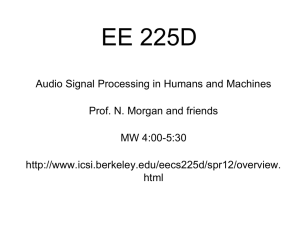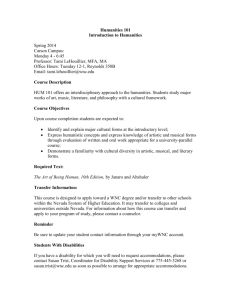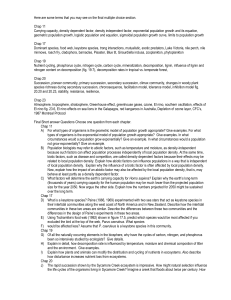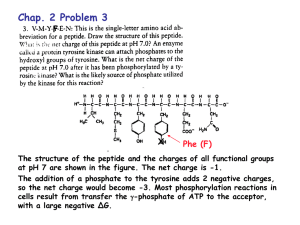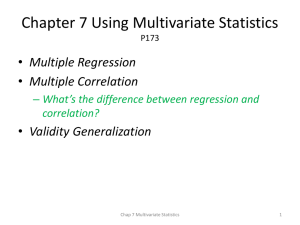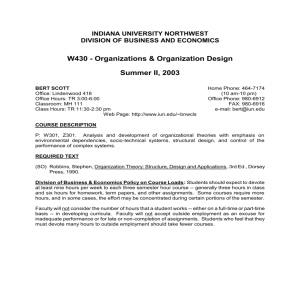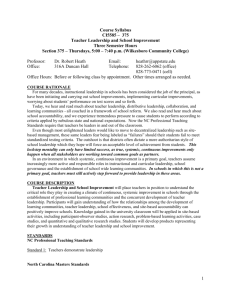Labor economics
advertisement
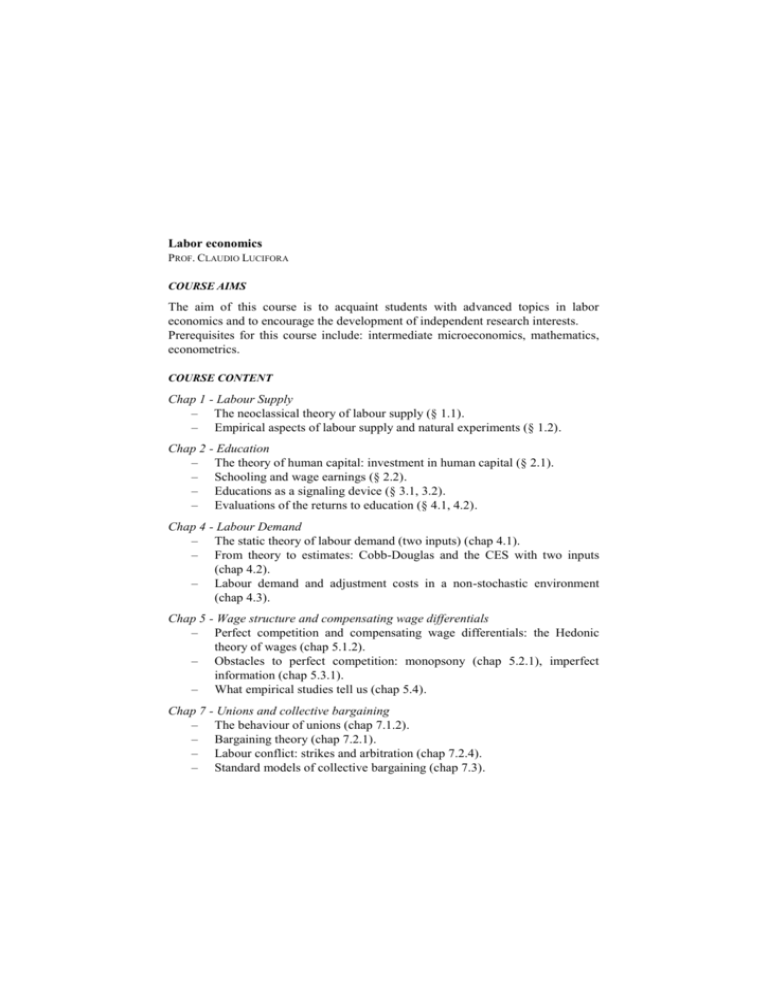
Labor economics PROF. CLAUDIO LUCIFORA COURSE AIMS The aim of this course is to acquaint students with advanced topics in labor economics and to encourage the development of independent research interests. Prerequisites for this course include: intermediate microeconomics, mathematics, econometrics. COURSE CONTENT Chap 1 - Labour Supply – The neoclassical theory of labour supply (§ 1.1). – Empirical aspects of labour supply and natural experiments (§ 1.2). Chap 2 - Education – The theory of human capital: investment in human capital (§ 2.1). – Schooling and wage earnings (§ 2.2). – Educations as a signaling device (§ 3.1, 3.2). – Evaluations of the returns to education (§ 4.1, 4.2). Chap 4 - Labour Demand – The static theory of labour demand (two inputs) (chap 4.1). – From theory to estimates: Cobb-Douglas and the CES with two inputs (chap 4.2). – Labour demand and adjustment costs in a non-stochastic environment (chap 4.3). Chap 5 - Wage structure and compensating wage differentials – Perfect competition and compensating wage differentials: the Hedonic theory of wages (chap 5.1.2). – Obstacles to perfect competition: monopsony (chap 5.2.1), imperfect information (chap 5.3.1). – What empirical studies tell us (chap 5.4). Chap 7 - Unions and collective bargaining – The behaviour of unions (chap 7.1.2). – Bargaining theory (chap 7.2.1). – Labour conflict: strikes and arbitration (chap 7.2.4). – Standard models of collective bargaining (chap 7.3). – – Insiders and the persistence of unemployment (chap 7.4.1). Empirical evidence regarding the consequences of collective bargaining (chap 7.6). Chap 10 - Labour market institutions – The minimum wage (chap 12.1). – Employment protection (chap 12.2). – Taxation (chap 12.3). – Bargaining structure (chap 12.4). READING LIST CAHUC-PIERRE-ANDRE ZILBERBERG, Labor Economics, Cambridge, Mass. and London: MIT Press, 2004, ISBN 026203316X. TEACHING METHOD The course is structured in lectures and tutorials. Lectures concern the presentation of economic problems and empirical applications to labour market issues; tutorials deal with the presentation of both empirical methods, as well as journal articles on selected topics. Laboratory sessions teach students to use econometric techniques (at the computer) using both micro-data and software packages. Presentations by students of selected papers are an integral part of the course. ASSESSMENT METHOD Student will be assessed as follows: A final exam, in which the student has to show his/her understanding of the subject. This contributes to 70 percent of the final mark. An empirical project involving replication or extension of published work (reading lists, data sets, and a selection of topics will be circulated). This contributes to 20 percent of the final mark. Presentation of journal articles. This will contribute to 10 percent of the final mark. NOTES Additional information will be given in class and posted on the instructor web-page (http://docenti.unicatt.it/eng/claudio_lucifora).
